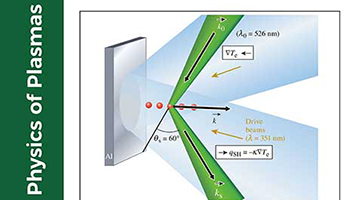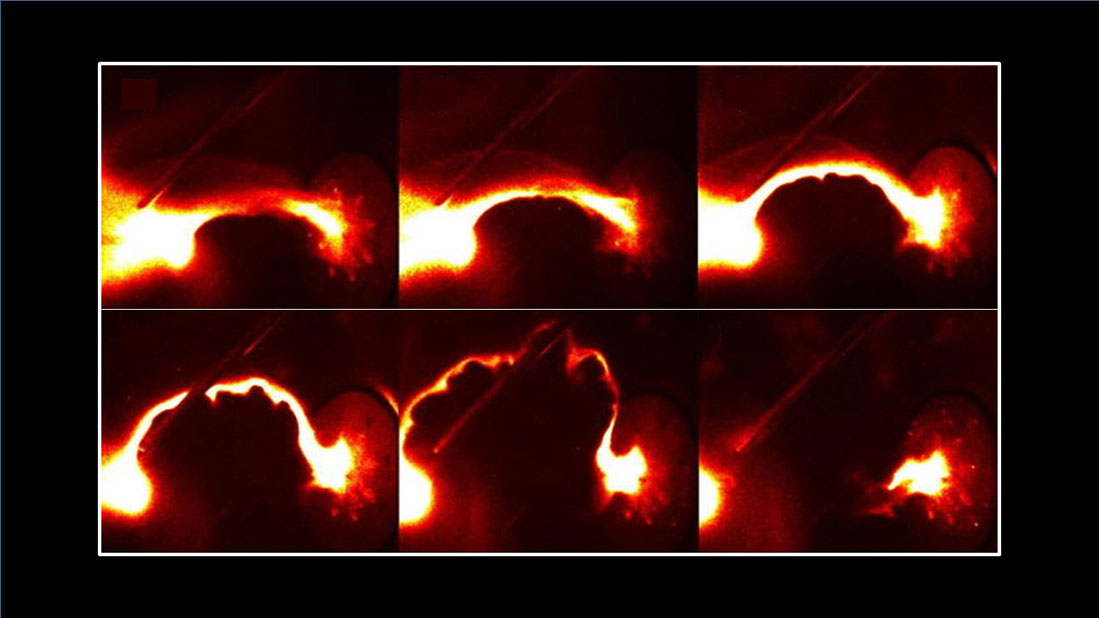
Unraveling how Tungsten Armor Erodes in Tokamak Walls
New high-resolution measurements of tokamaks’ tungsten walls may provide insight into how to better protect the armor material

New high-resolution measurements of tokamaks’ tungsten walls may provide insight into how to better protect the armor material

A test of titanium diboride opens the door to a potential new class of materials for fusion reactor applications.

Mirrored D shape demonstrates surprisingly high pressures in a tokamak, indicating a shape change may be in order for next-generation fusion reactors.

Thin-walled diamond shells carry payloads of boron dust; the dust mitigates destructive plasma disruptions in fusion confinement systems.

The Fusion Recurrent Neural Network reliably forecasts disruptive and destructive events in tokamaks.

First measurements of heat flux in plasmas experientially sheds light on models relying on classical thermal transport.

Scientists tame damaging edge instabilities in steady-state conditions required in a fusion reactor.

A novel experimental geometry at the Linac Coherent Light Source reveals, for the first time, how silicon responds to shocks similar to those in a planet’s core.

Spectroscopic measurements reveal that main ions flow much faster than impurities at the edge of fusion-relevant plasmas.

Surprisingly, a magnetic island does not necessarily perturb the plasma current in a dangerous way and destroy fusion performance.

Scientists discover why solar flares produce X-rays; a few electrons avoid collisions and accelerate to produce a microsecond burst.

The mechanism responsible for creating intense magnetic fields in laser-driven plasmas also helps tear the fields apart.